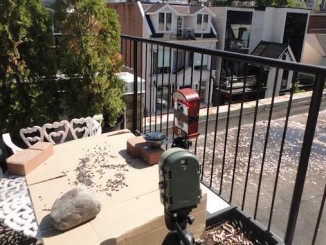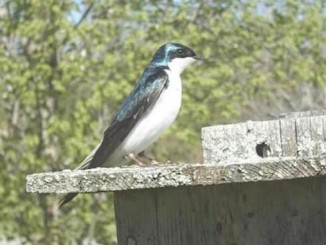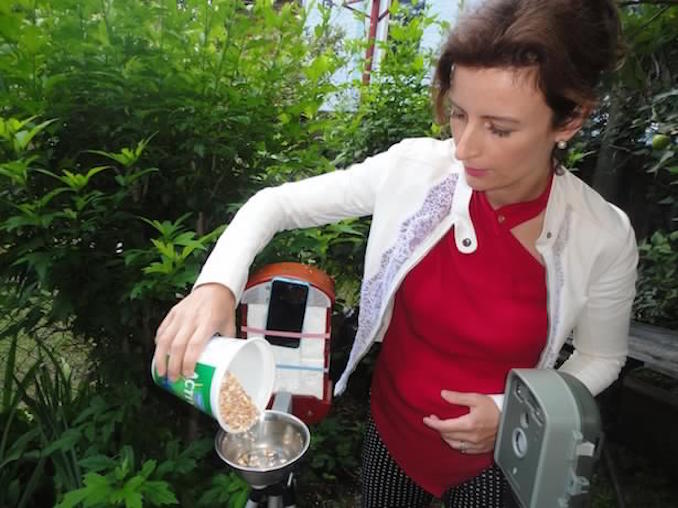
The Toronto Bird Photo Booth flew back downtown last week, right into the heart of the city where it was hosted by Dr Natalie Archer of Archer Dental who hoped to use the automated motion detector equiped wildlife cameras to get good close-up shots of the birds she only sees at a distance nesting in the trees below her eighth story downtown dental clinic windows. Archer Dental is located at 600 Sherbourne St, right across from the subway station on the top floor of the Rosedale Medical Centre. You can see the CN Tower outside her west windows. But sadly the business had no place to set up the bird photo booth outside their premises, as they have no balcony. We tried the rig up on the roof, but that didn’t work out at all. You can read all the gory details on the blog in Toronto Dentist Dr Natalie Archer Hosts Week Five update.
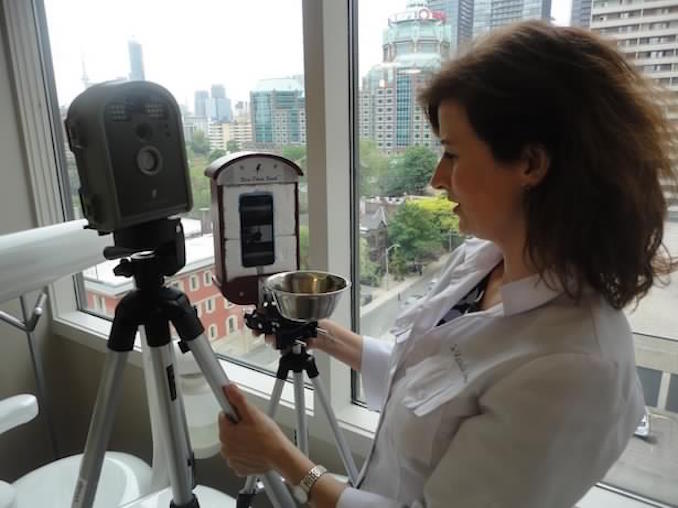
Dr Natalie Archer is a very personable dentist who embraces all manner of new ideas and dental equipment innovations. Her office is filled with state of the art tools, designer dental chairs, blue bubble walls, and a triptych digital art piece in the waiting room that she licensed from a local Toronto artist. The company blog profiles scientific breakthroughs and gadgets like smart toothbrushes. So it stands to reason that using new technology to explore nature is exactly the kind of thing she’s all about doing, and although she has never been that much of a birdwatcher, she quickly embraced this avian species saving idea.
After some doing Dr Archer asked her neighbor a few streets south and west, and one who happens to have a very bird friendly property with an active year round feeder, to host the booth on her behalf. Together they managed to lens a terrifically charismatic bluejay. This territorial bird is a frequent visitor to her friend’s feeder and that’s the kind of situation where the bird photo booth does best.
Dr. Archer used her friend’s own mixed birdseed blend (corn and sunflower seed) in hopes of bringing the same specimens to our bird photo booth as which normally dine in her feeder. It worked. After just two days in this location the Wingscapes BirdPro trail cam snapped this gorgeous bluejay.
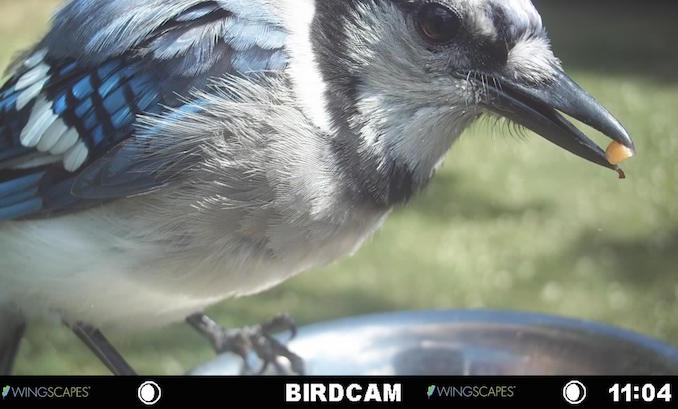
There were shots on the iPhone camera which show the bird chased away a chipmunk in order to have the bowl all to herself. The blue jay can be beneficial to other bird species, as it may chase predatory birds away too. It will stand up to birds such as hawks and owls, and it will scream if it sees a predator within its territory. The blue jay has also been known to sound an alarm call when hawks or other dangers appear and smaller birds will recognize this call and head for the trees. In more than one fascinating study however researchers have proven that the crafty Bluejay can and will occasionally falsely impersonate the calls of raptors, especially those of the red-tailed and red-shouldered hawks, possibly to test if such a hawk is in the vicinity? or possibly to scare off other birds that may compete for food sources. Next generation Bird Photo Booth will have an audio recorder.
The blue jay mainly feeds on nuts and seeds such as acorns, soft fruits, arthropods, and occasionally small vertebrates. It ‘gleans’ food from trees, shrubs, and the ground. Its a very gentle bird but will become agressive and threatening with humans who come to close to its nest.
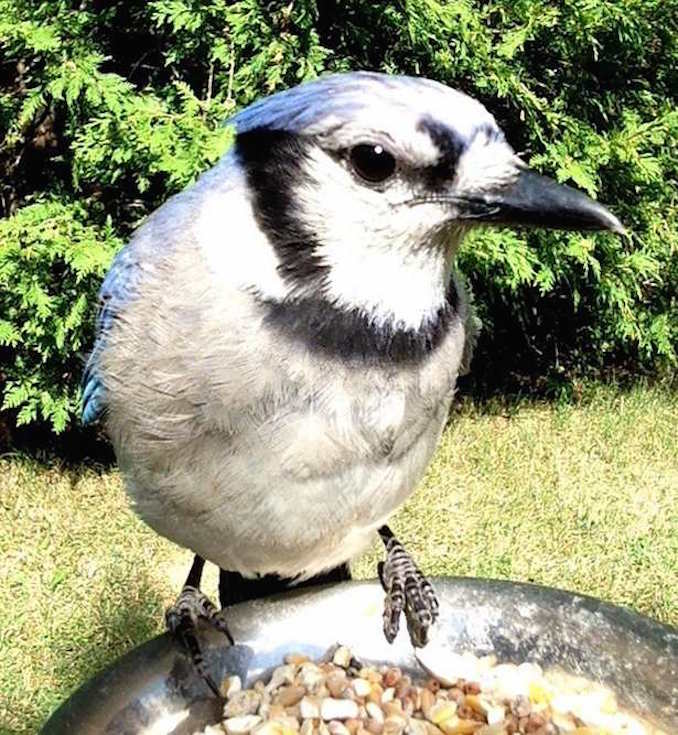
It’s interesting to note that in the photo above there’s no pronounced crest on the bluejay’s head, which is a crown of feathers that may be raised or lowered according to the bird’s mood. When excited or aggressive, the crest will be fully raised. When frightened, the crest bristles outwards, brush like. In this photo here I would say the bird is completely at ease, feeding peacefully, and so its crest is flat to its head. It has no cause for alarm.
You can see all of Dr Archer’s photos in the Birds of Toronto photo gallery on this site.


